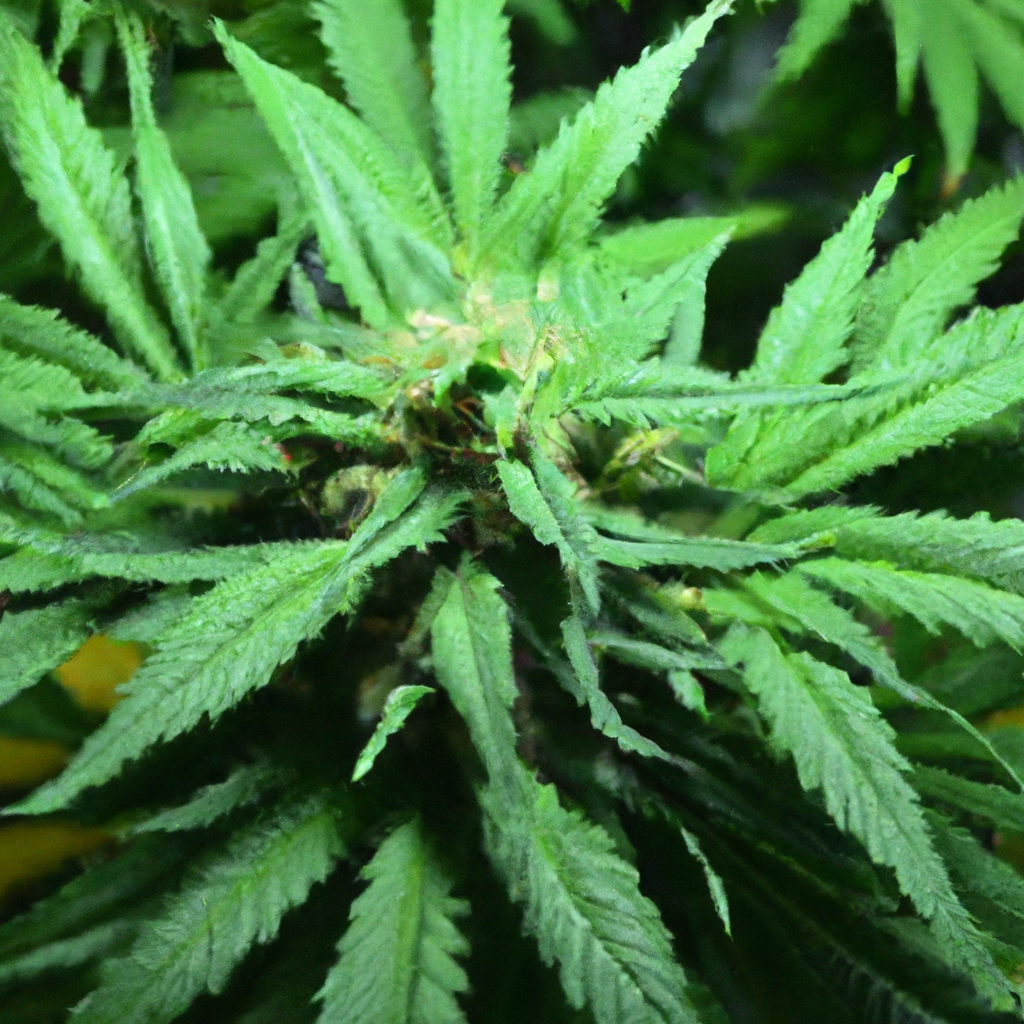Your cart is currently empty!
Growing cannabis is an art and science that thrives on the harmonious relationship between plants and their environment. One of the most powerful yet often overlooked strategies in cannabis cultivation is the use of symbiotic relationships. This technique leverages mutual benefits between cannabis plants and other organisms to enhance growth, yield, and resilience.
Understanding Symbiotic Relationships
Symbiotic relationships involve different species living together for mutual benefit. In cannabis cultivation, this often means pairing plants with beneficial fungi, bacteria, or other plants that naturally aid in nutrient absorption, pest control, and disease resistance while reducing the need for chemical inputs.
Benefits of Symbiotic Relationships in Cannabis Cultivation
- Improved Nutrient Uptake: Mycorrhizal fungi form networks with plant roots, enhancing nutrient and water absorption, which can boost the growth and yield of cannabis.
- Pest Reduction: Certain beneficial insects and companion plants can help manage pest populations, reducing the need for synthetic pesticides.
- Disease Resistance: Symbiotic relationships can help prevent soil-borne diseases through competitive exclusion, where beneficial microbes outcompete harmful pathogens.
Key Symbiotic Practices for Cannabis Cultivation
1. Mycorrhizal Fungi
Mycorrhizal fungi play a vital role in plant health by forming a symbiotic relationship with plant roots. These fungi extend the root system and improve the plant’s ability to absorb nutrients, particularly phosphorus. Incorporating mycorrhizal inoculants into your soil or growing medium can enhance root health and overall plant vigor.
2. Beneficial Insects
Introducing beneficial insects, such as ladybugs or predatory mites, can help manage pest populations naturally. These insects feed on aphids, spider mites, and other common cannabis pests, reducing the need for harmful pesticides and fostering a balanced ecosystem within your grow space.
3. Companion Planting
Companion planting involves growing supportive plants alongside your cannabis crop. For example, planting basil or marigold alongside cannabis can deter pests and attract pollinators. Additionally, plants like clover can fix nitrogen in the soil, providing essential nutrients to your cannabis plants.
Case Study: Real-World Symbiotic Success
A study conducted by cannabis cultivators in Oregon demonstrated the effectiveness of symbiotic relationships. By integrating mycorrhizal fungi and beneficial insects into their grow operations, they achieved a 20% increase in yield along with a significant reduction in pest incidents. The use of companion plants further enhanced soil health and reduced dependency on synthetic fertilizers.
Conclusion
Incorporating symbiotic relationships into your cannabis cultivation practice can lead to healthier plants, higher yields, and a more sustainable growing environment. By leveraging natural partnerships, growers can reduce chemical inputs, enhance plant resilience, and ultimately produce superior cannabis.
Embrace the power of nature and transform your cannabis cultivation experience by integrating symbiotic relationships into your strategy today!
Discover more from Magic Clones
Subscribe to get the latest posts sent to your email.


Leave a Reply